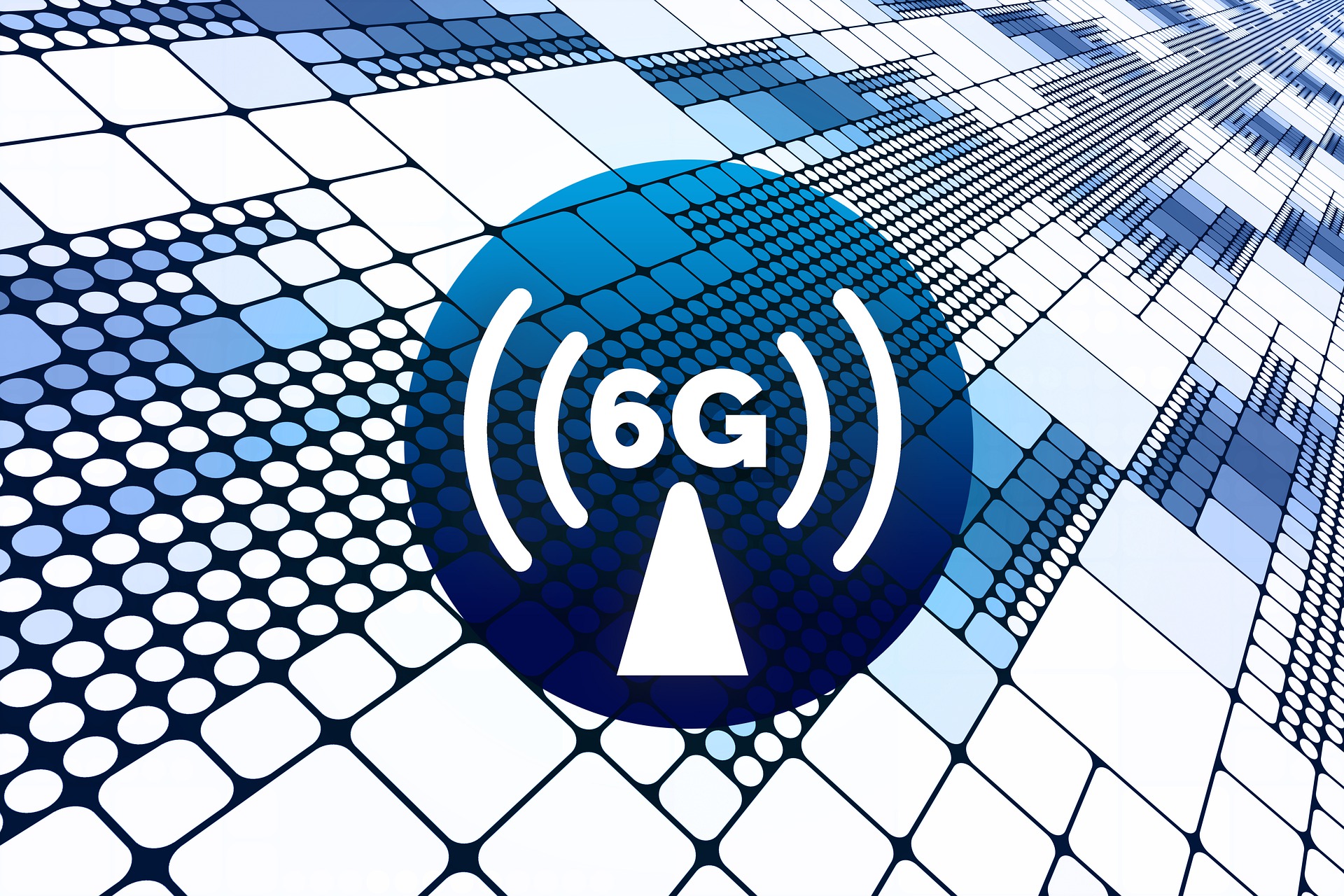The world of wireless technology is rapidly advancing, and as we approach the age of 6G wireless technology, it’s essential to understand the purpose and potential of 5G technology.
At its core, 5G technology promises lightning-fast internet speeds, increased connectivity, and lower latency. With these capabilities, it has the potential to revolutionize the way we communicate and connect with each other. However, the deployment of 5G has faced controversy and skepticism, with concerns ranging from health risks to the potential for increased surveillance.
Despite these concerns, many in the tech industry see 5G as a crucial step towards the future of wireless technology. In fact, a recent report by Ericsson predicts that by 2026, there will be 3.5 billion 5G subscriptions worldwide, accounting for 40% of all mobile subscriptions.
So, what is the purpose of 5G technology in the age of 6G wireless? One potential path forward is to focus on its unique strengths and capabilities. 5G technology’s low latency and high bandwidth can be leveraged to revolutionize industries such as healthcare, transportation, and entertainment.
In the healthcare industry, for example, 5G technology can enable remote surgeries, telemedicine, and remote patient monitoring. With the high bandwidth and low latency of 5G, healthcare professionals can provide real-time consultations and surgeries without the need for patients to be physically present.
In the transportation industry, 5G technology can enable the development of self-driving cars, smart traffic management systems, and improved public transportation. With the increased connectivity and low latency of 5G, cars can communicate with each other and with traffic management systems in real-time, reducing accidents and traffic congestion.
In the entertainment industry, 5G technology can enable the development of immersive virtual and augmented reality experiences. With the high bandwidth and low latency of 5G, users can experience real-time, high-quality immersive experiences without the need for bulky hardware or lag times.
Another potential path forward for 5G technology is to address the concerns and skepticism surrounding its deployment. By engaging with the public and addressing concerns about health risks and surveillance, tech companies can build trust and create a more positive narrative around 5G.
For example, Verizon Communications has launched a campaign to address concerns about the potential health risks associated with 5G technology. The company has emphasized that 5G technology is safe, citing studies by the World Health Organization and the Federal Communications Commission.
In conclusion, while the deployment of 5G technology has faced controversy and skepticism, it remains a crucial step towards the future of wireless technology. By focusing on its unique strengths and capabilities, and addressing concerns and skepticism, 5G can continue to play a vital role in the future of wireless technology, even as 6G technology approaches.




